cross-posted from: https://lemmygrad.ml/post/5823913
The saker falcon (Falco cherrug) is a large falcon species. The saker falcon is a small, powerful bird of prey with a broad wingspan for its size. It has sharp, curved talons for grasping prey, while their strong, hooked beak is used to tear its preys' flesh. Saker falcons tend to have variable plumage. Males and females are similar, except in size, as are young birds, although these tend to be darker and more heavily streaked.
Like most other falcons, the Saker Falcon doesn't build its own nest. Instead, it may choose to nest in the old nests of other raptors and ravens in trees, on bare ledges, on top of abandoned buildings, bridges, in potholes of rocky cliffs, on the bare ground, on electricity pylons or power poles. It breeds from Central Europe eastwards across the Palearctic to Manchuria.
It can be found in a variety of habitats including forested steppe, steppe, semi-deserts, open grasslands, and other dry country habitat with scattered trees, cliffs, or electricity pylons, particularly near water. It is a partial migrant, which means that some part of the population is migratory, some part is not. In Europe, for example, a part of the juveniles are migrating, while adults are mostly resident. The European and West Asian migratory sakers spend the winter in the Sahel region. On migration, they cross the Middle East, the Arabian Peninsula, and Pakistan. The migratory birds to the east from the Altai Mountains spend the winter in the Qinghai-Tibet Plateau.
The Saker diet varies depending on prey availability, although they predominantly feed on small to medium-sized diurnal rodents and lagomorphs such as sousliks, voles and pikas. Birds also feature in the diet of Saker Falcons, especially small to medium-sized species such as pigeons, starlings and larks. Saker falcons are active during the day and spend most of their time hunting. They often hunt by horizontal pursuit and usually close to the ground. They are very patient hunters soaring in the air or sitting on the perch for hours watching for prey; when the prey is spotted they suddenly dive for the kill.
The call of this bird is a sharp kiy-ee or a repeated kyak-kyak-kyak. Here is a link so that you can listen to this bird too.
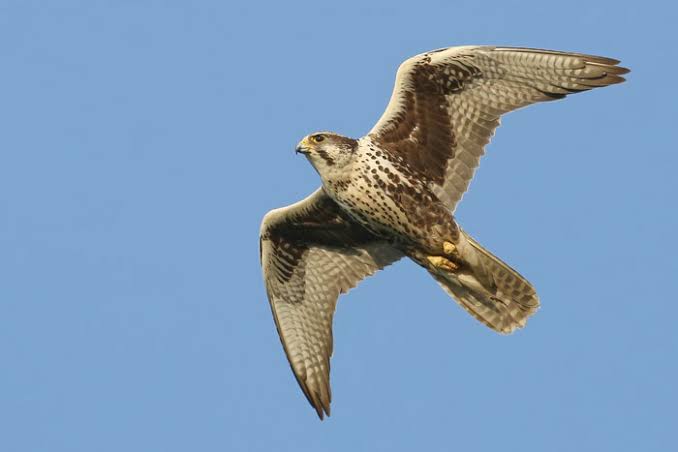
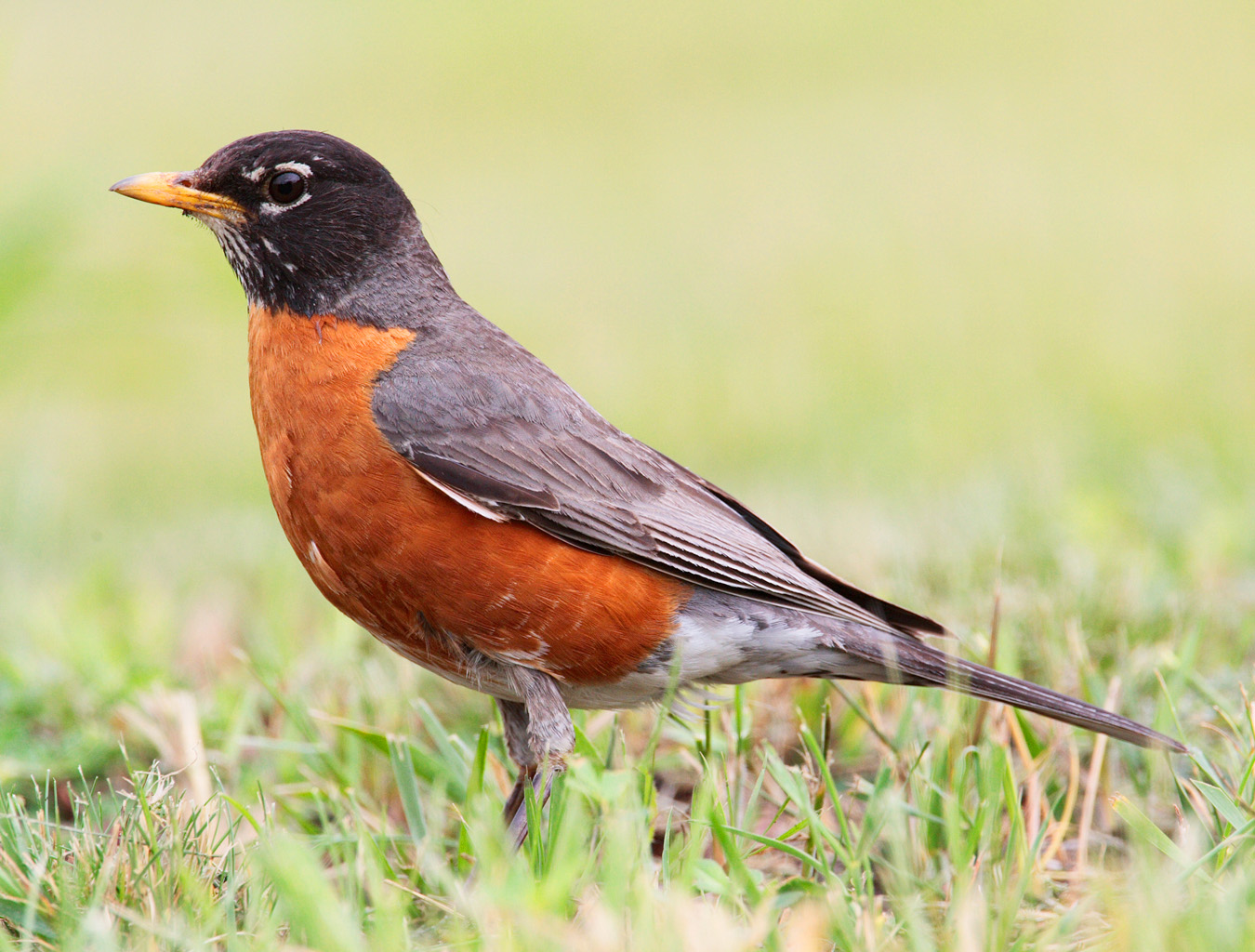
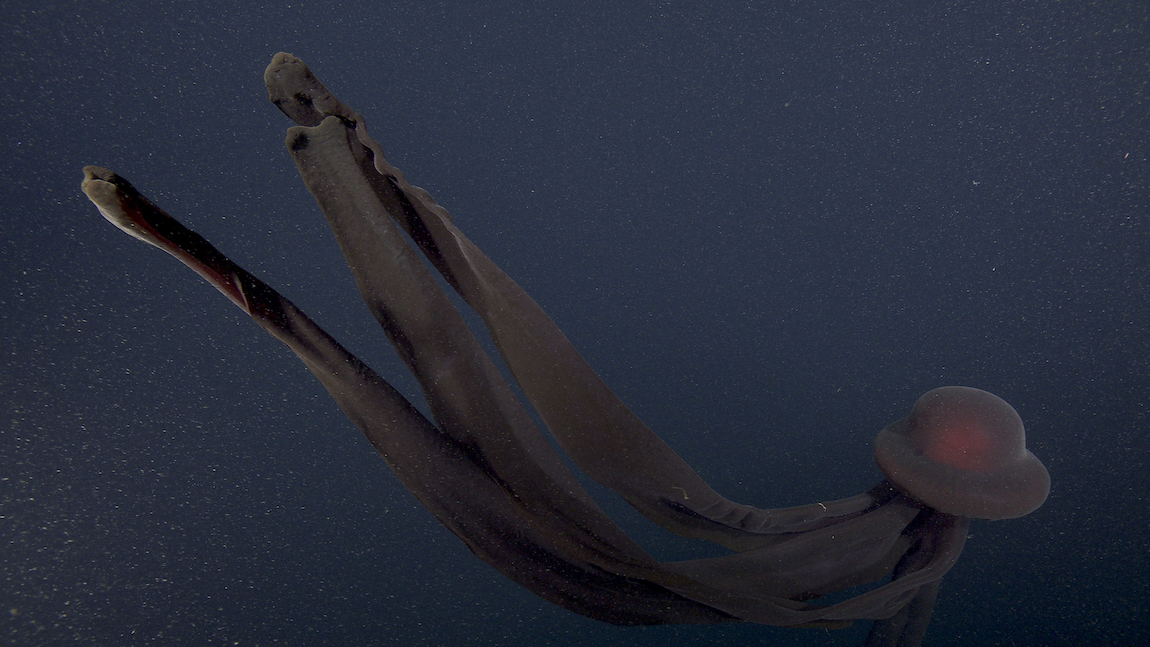
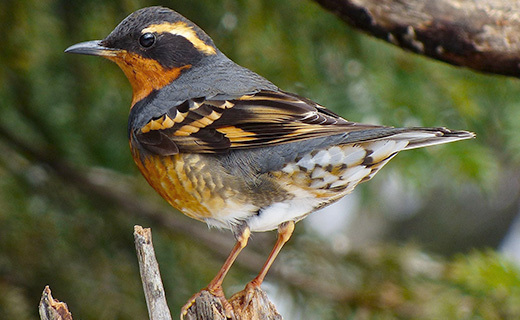
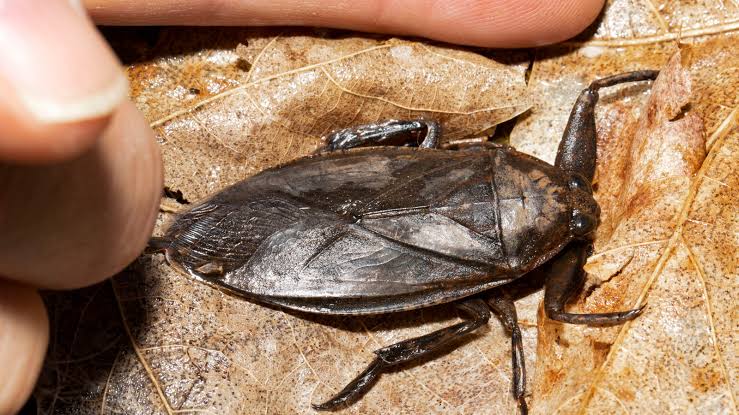
Yes